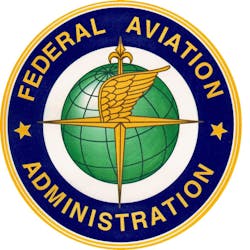FAA Releases New Maps for Alaska’s Brooks Range
The U.S. Department of Transportation’s Federal Aviation Administration (FAA) has added two mountain passes to visual aviation charts, making flying safer in Northern Alaska.
The new editions of the Sectional Aeronautical Charts identify the Naqsralugiaq and Carter passes for the first time, providing pilots more accurate information while crossing major mountainous areas. The charts identify the location and elevation of low points to assist pilots with flight planning.
The FAA, in collaboration with the Aircraft Owners and Pilots Association (AOPA) and Alaskan aviation groups, worked for two years to identify and incorporate information about mountain passes used by local pilots. Further changes to improve situational awareness while navigating in the mountains are still under development.
“For years, the safest routes through passes were known primarily to local pilots,” said FAA Administrator Steve Dickson. “Now, all pilots will have the critical terrain information they need to fly safely.”
Navigating through passes can be extremely challenging. Pilots operating aircraft that must avoid clouds and icing conditions are often forced to fly through the terrain, rather than above it. Knowing the location and elevation of key mountain passes helps to select the most favorable route to when transiting major mountain ranges.
“Adding these Brooks Range mountain passes is beneficial, especially to pilots not familiar with these areas,” said AOPA’s Alaska Regional Manager Tom George. “This is part of a larger joint industry/FAA effort to improve aviation safety by providing additional information on visual charts related to mountain passes. While currently focusing on Alaska, these processes will eventually extend to other mountainous parts of the country.”
The joint FAA-AOPA workgroup also is reviewing chart elements and expects more updates soon. Advances in technology have yielded more accurate and sophisticated mapping capabilities, which could be the next evolution in mapping for general aviation.
More than 60 mountain passes in Alaska are charted.
In addition to chart improvements, the FAA is installing eight new Automated Weather Observing Systems (AWOS) in Alaska to provide continuous, real-time and accurate weather information for remote areas of the state. The FAA expects the sites will be operational by October 2022. In 2021, the FAA undertook a sweeping examination of safety challenges specific to flying in the state. In October 2021, the FAA released recommendations based on the findings of that review.



